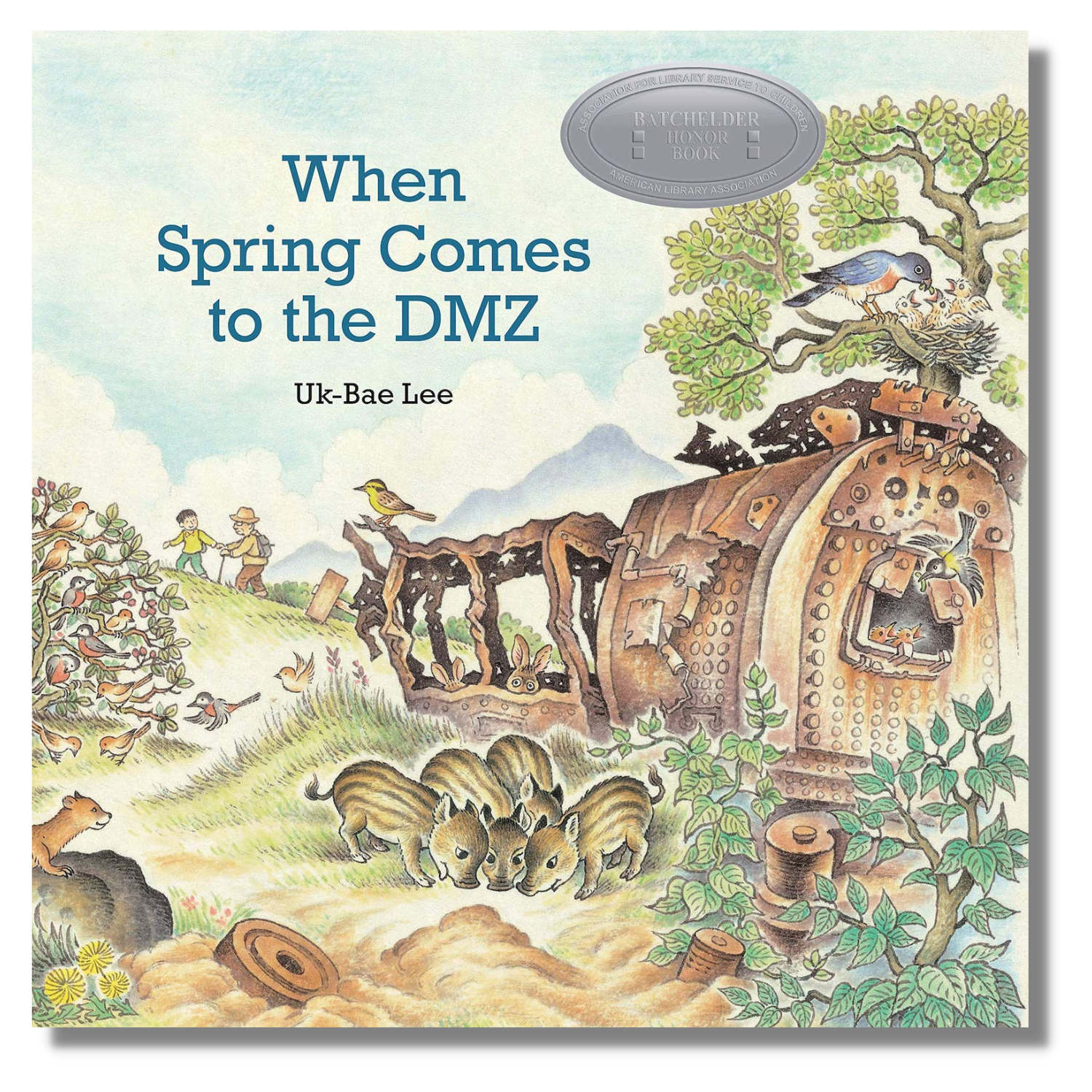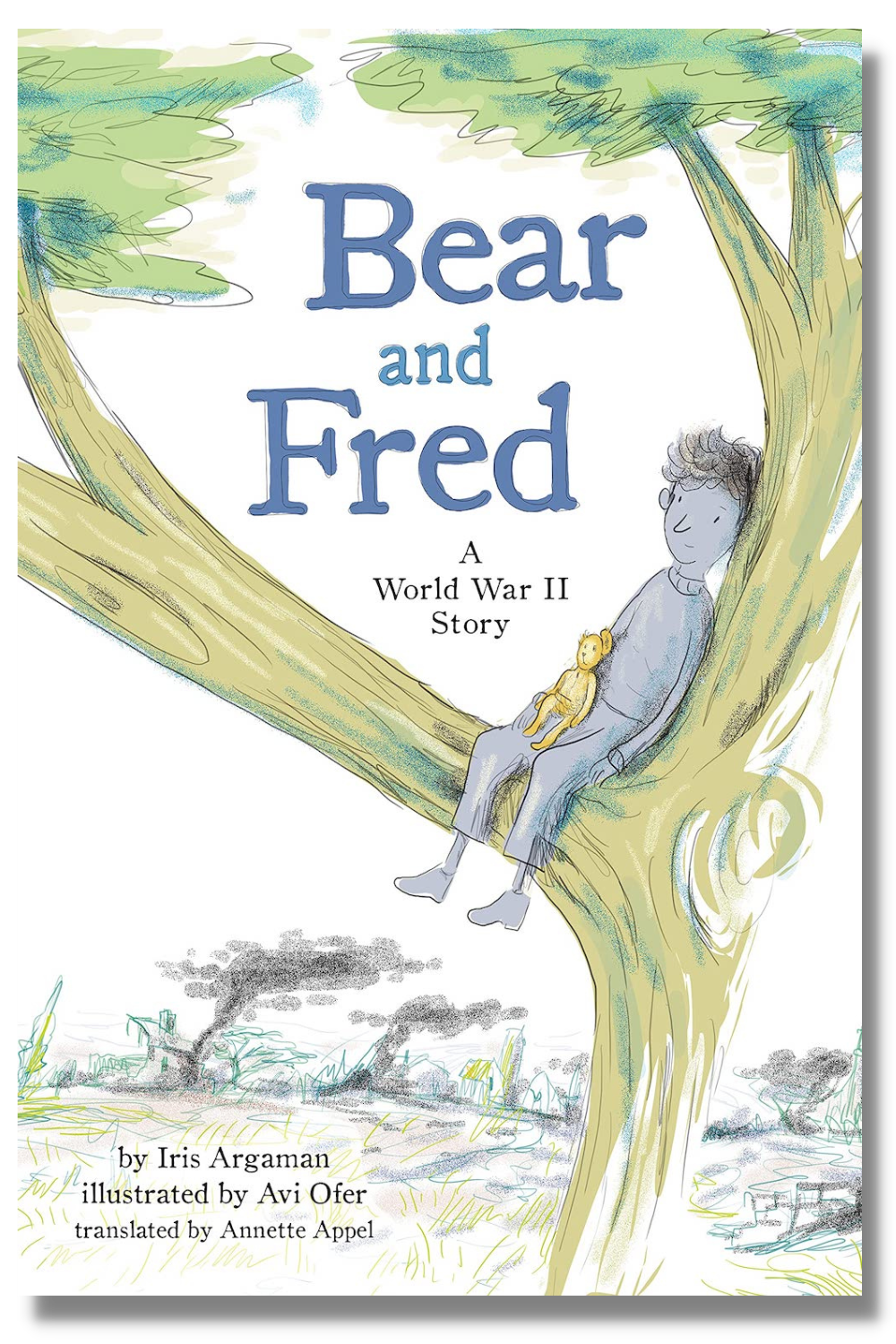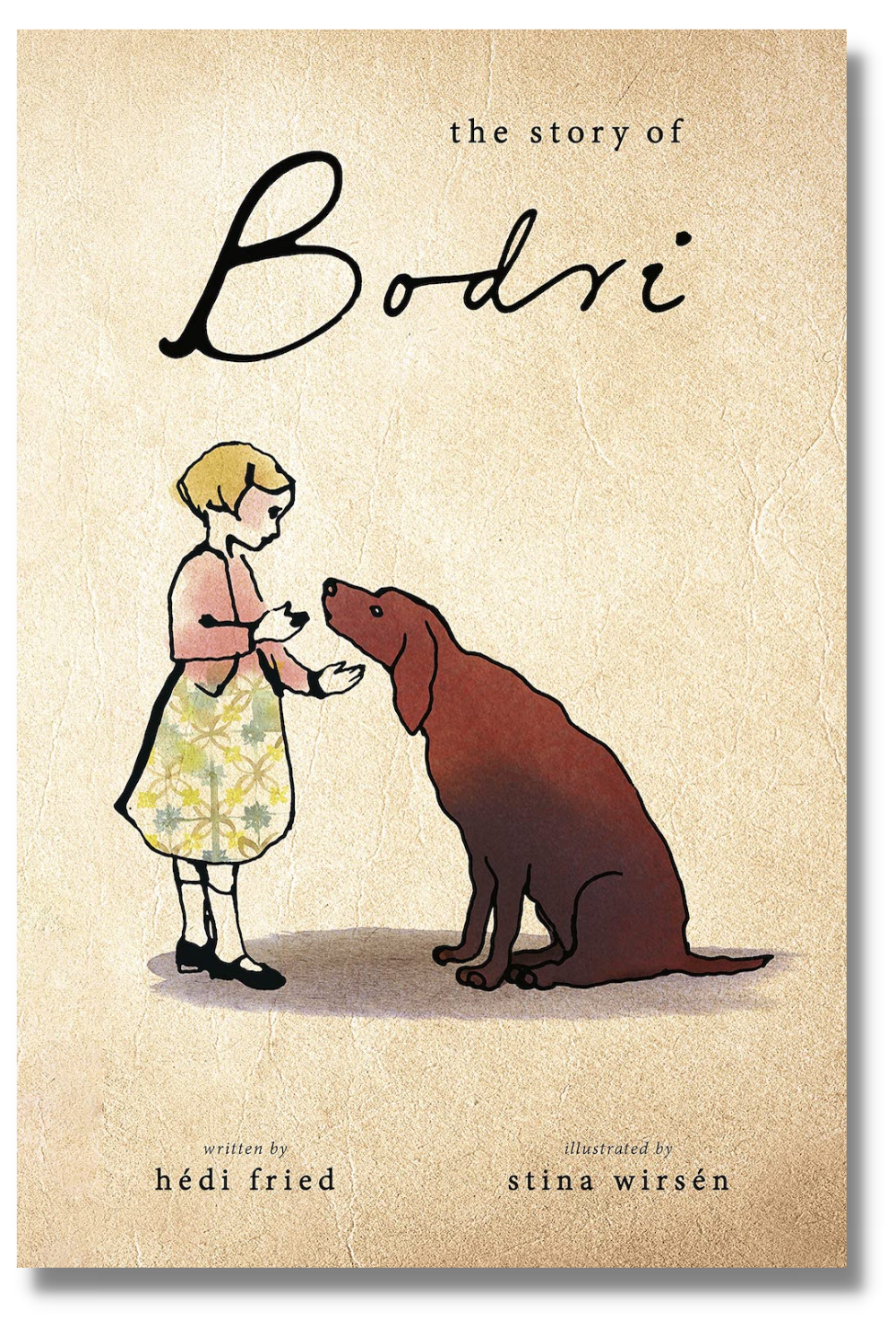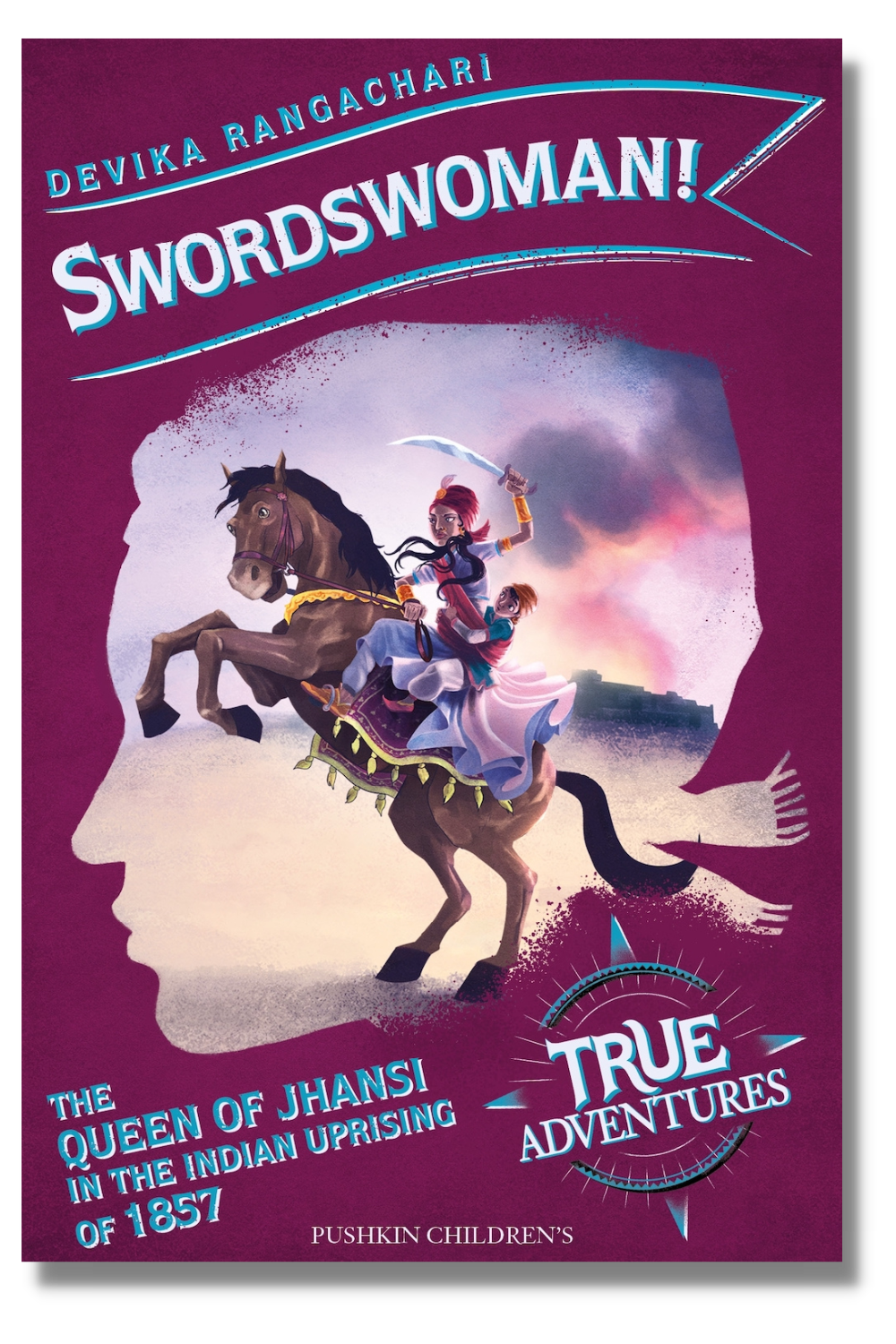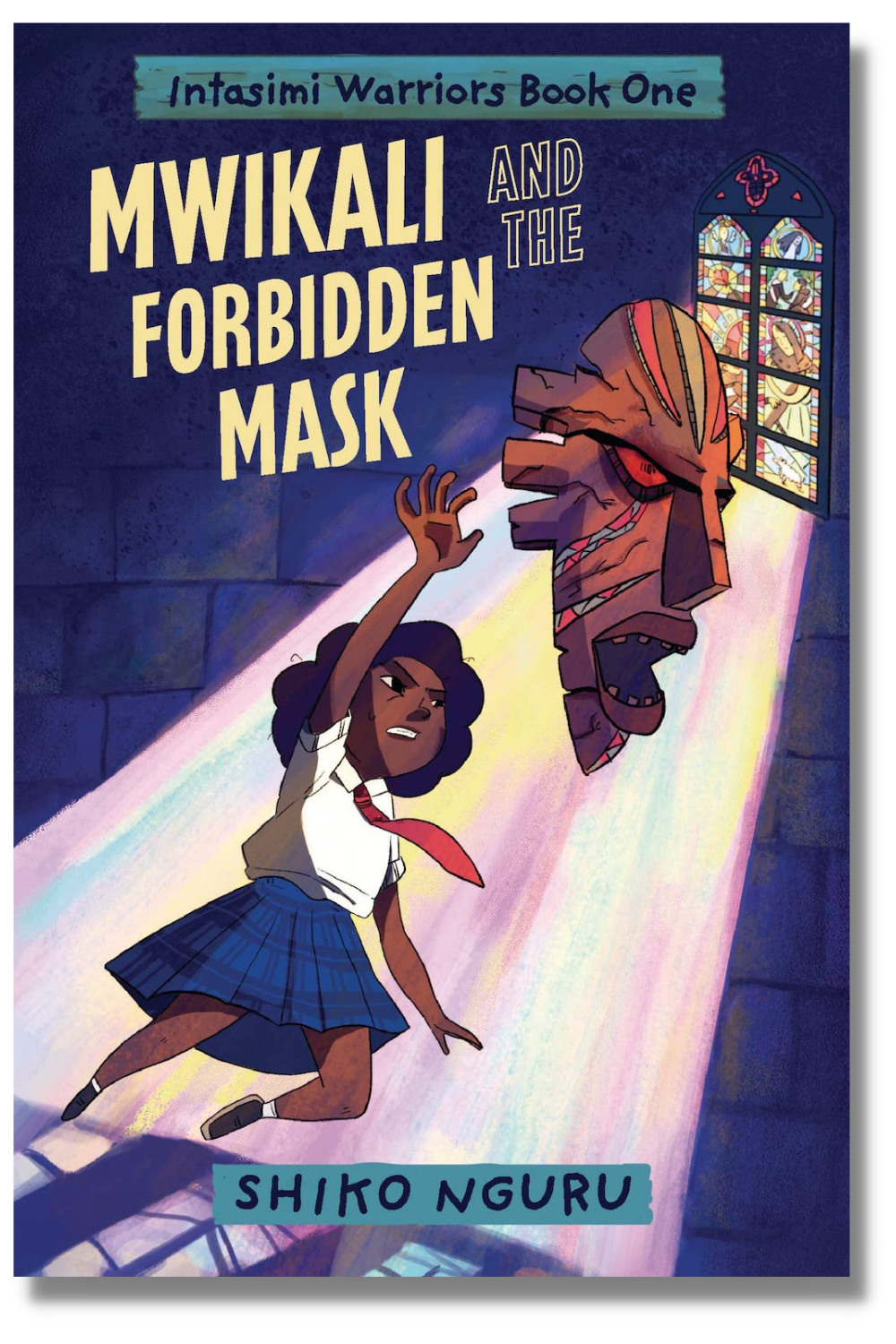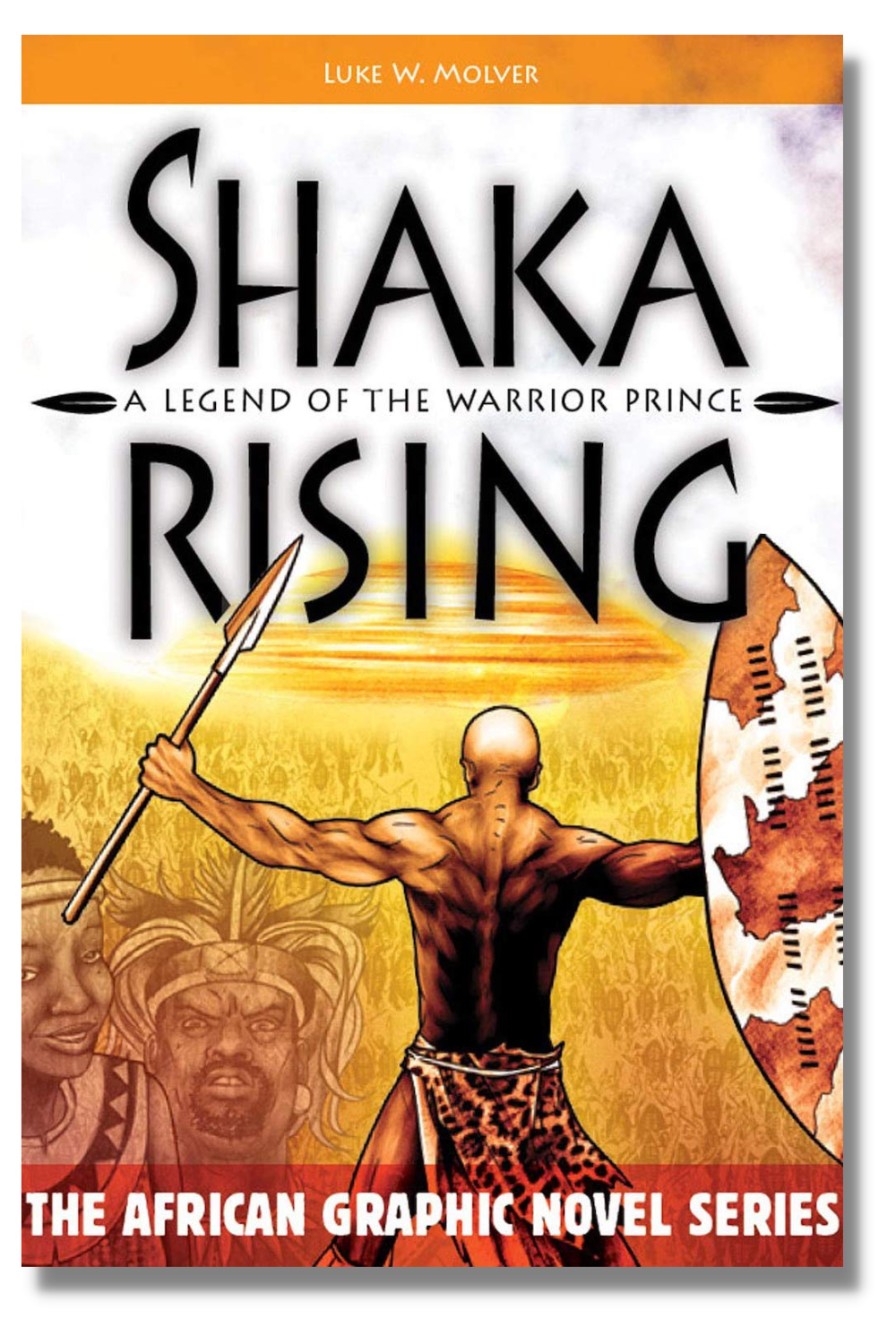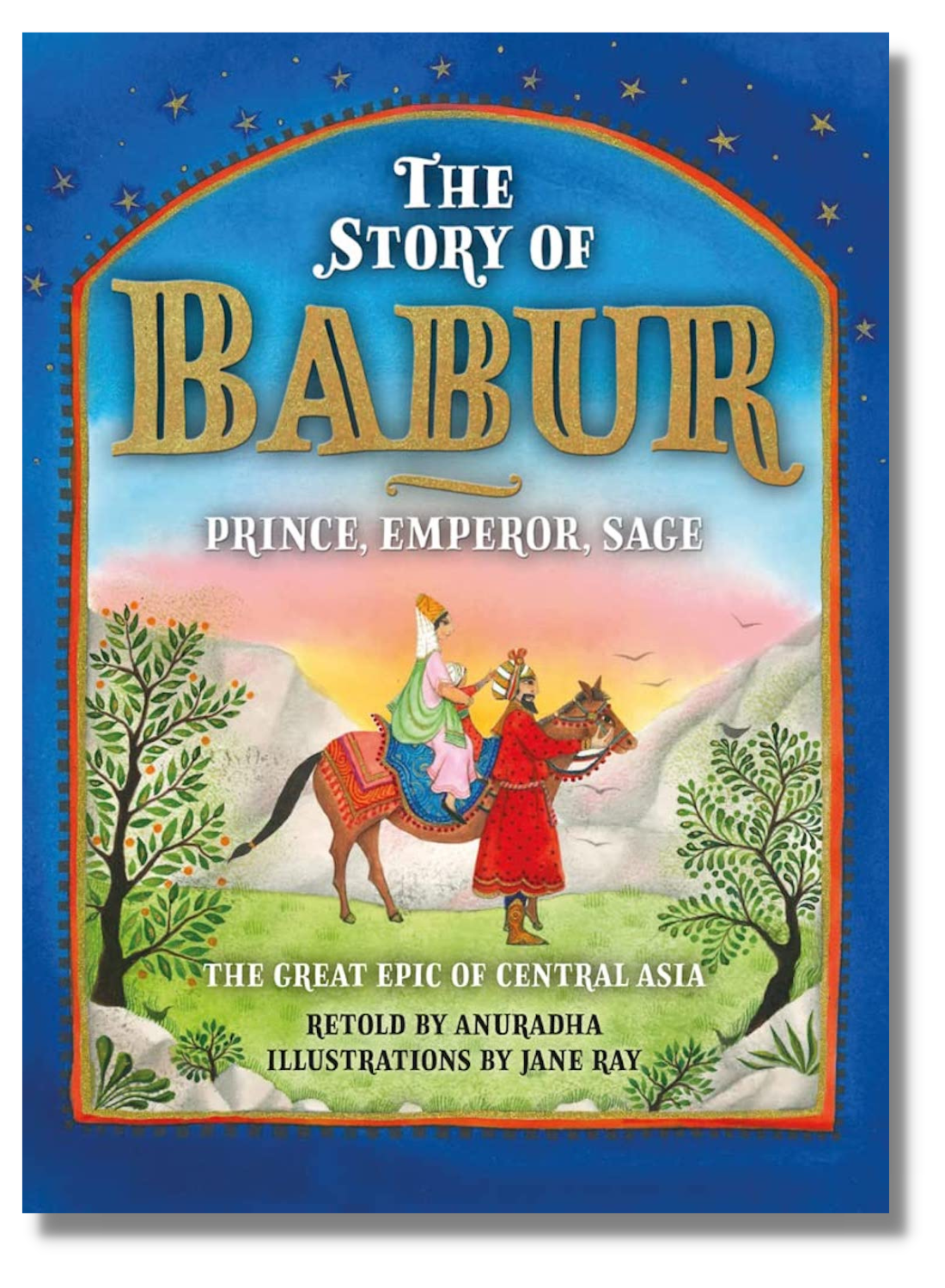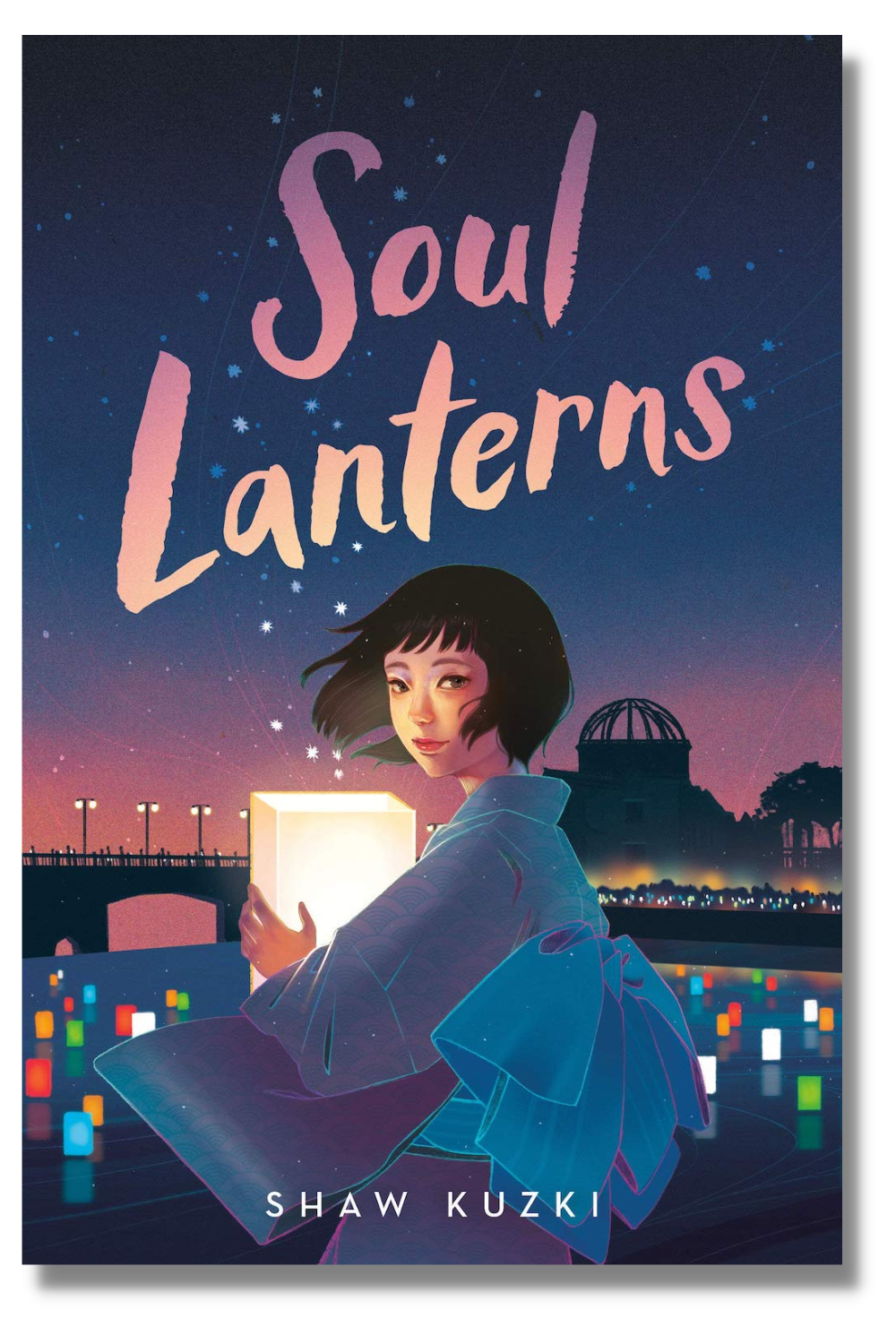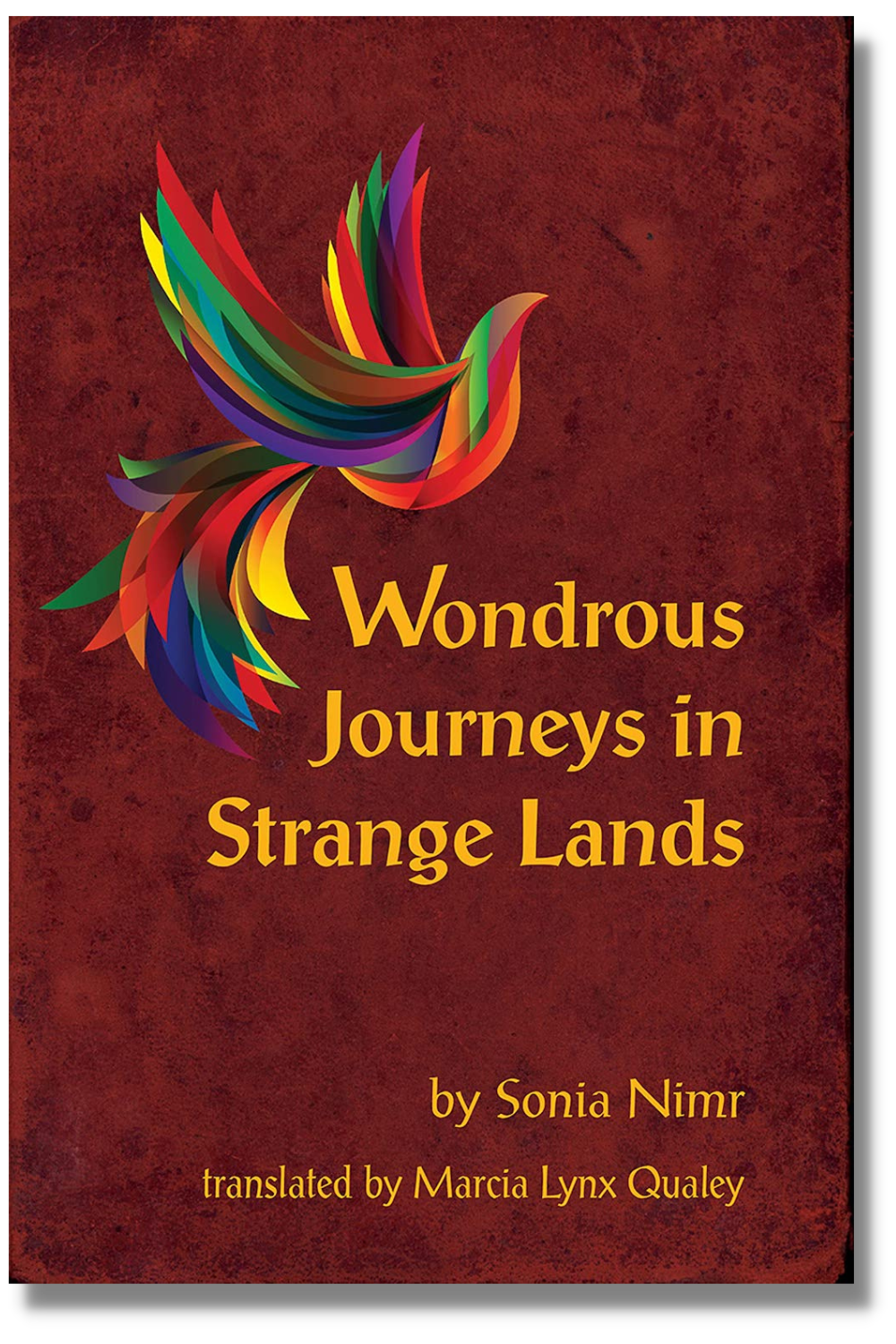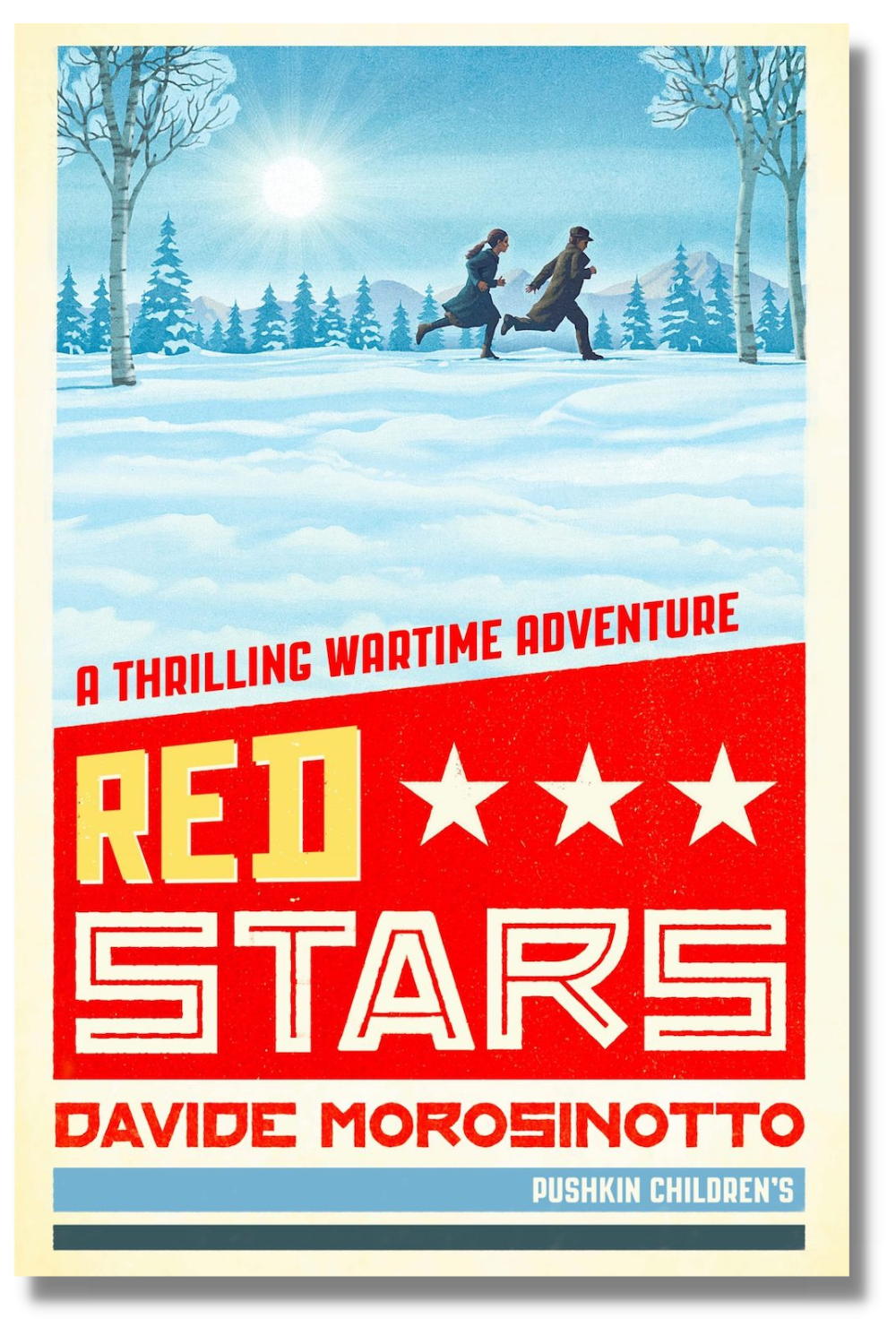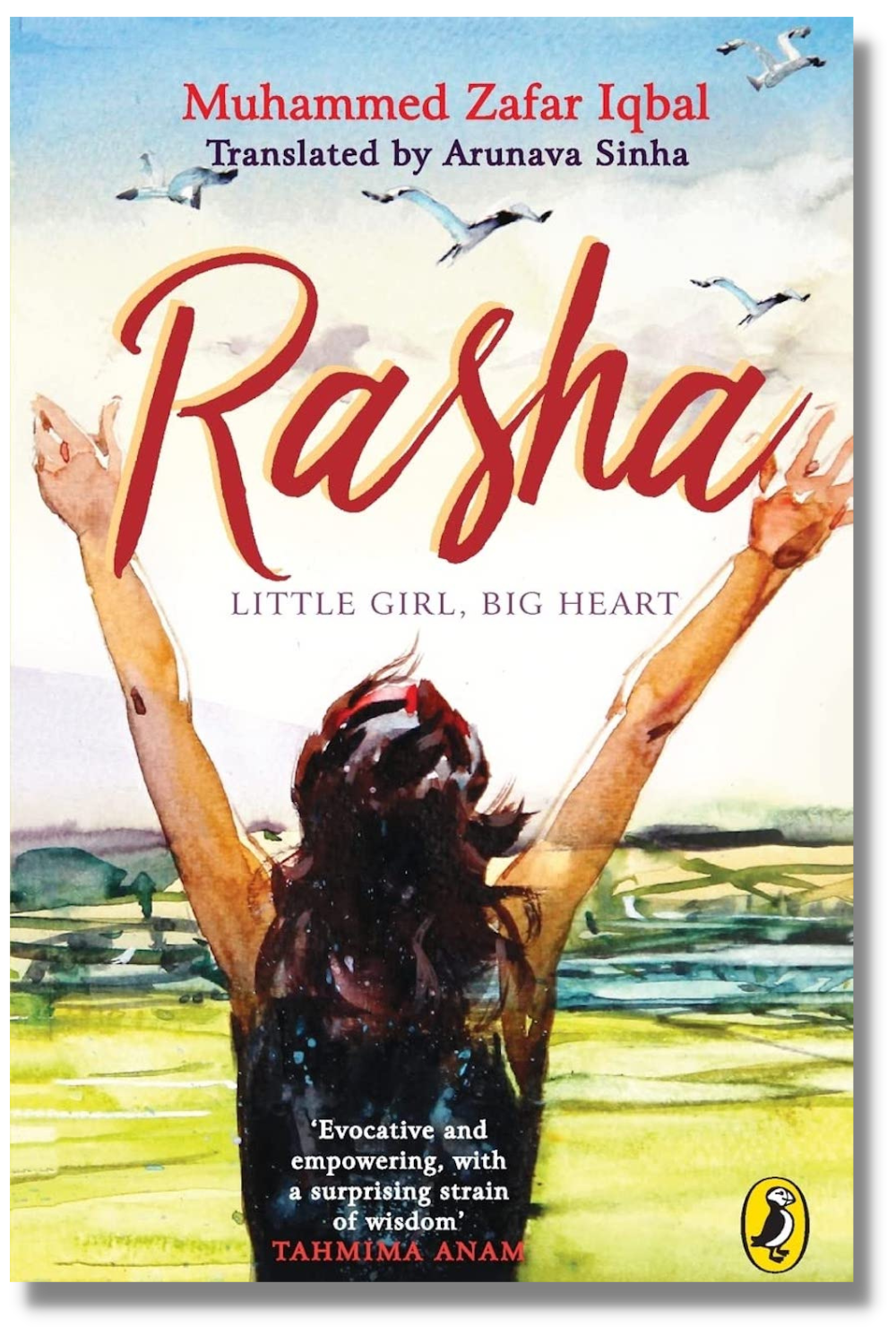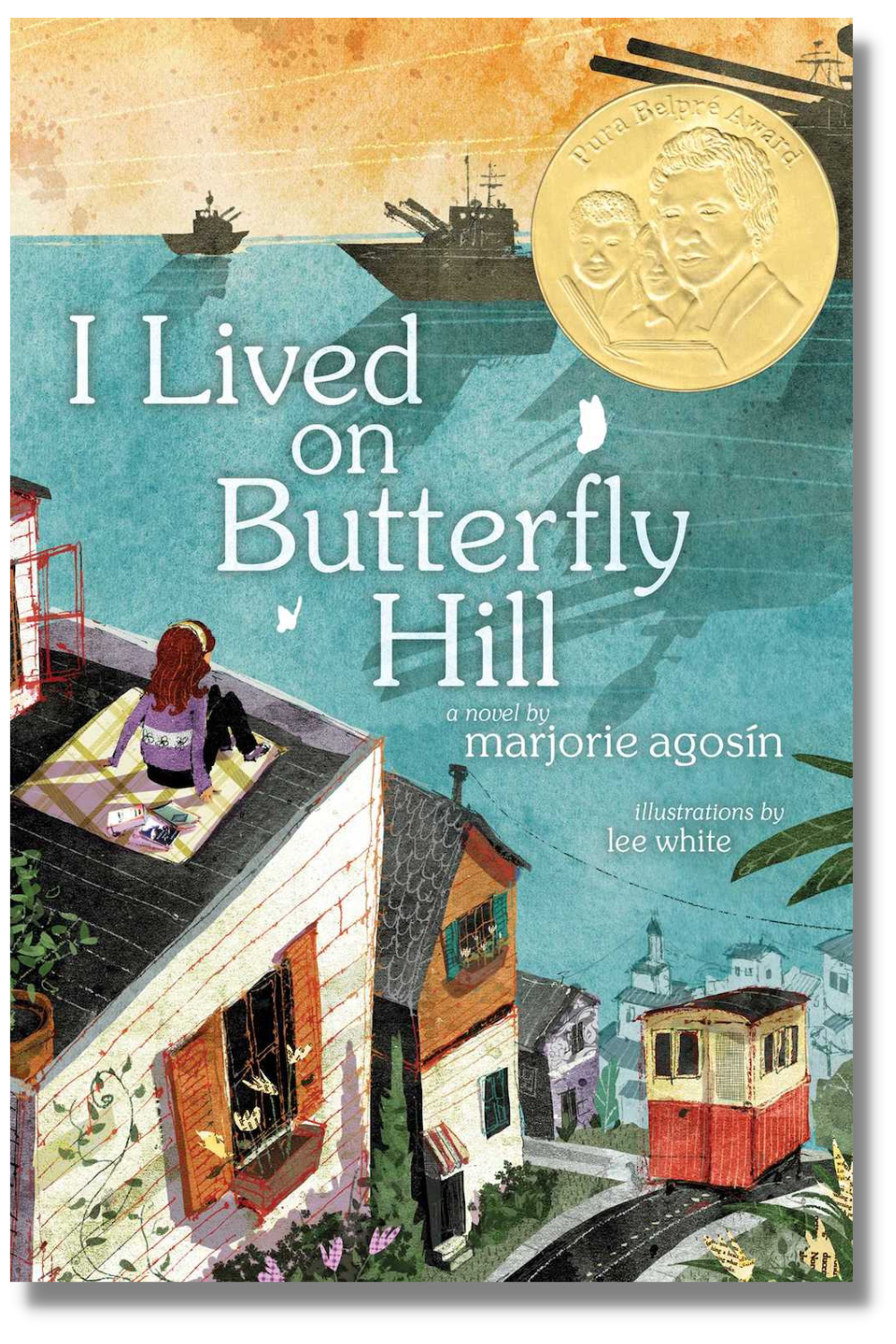For young people interested in world history, school curricula and the diet of readily available historical fiction can be disappointingly local in focus, not to mention implicitly biased toward a canonical version of what young people ought to learn about.
When we bring into the mix literature in translation from other languages—and #ownvoices authors writing from different narrative traditions—we open up our horizons to new and sometimes surprising perspectives on global historical events. We also find stories of historical episodes rarely touched on in classrooms.
This selection of twelve works of fiction and illustrated memoir from four continents introduces us to the atmosphere and events of four centuries of world history. Through these books, readers can discover medieval Palestine and Arabia; delve into the foundation of the Mughal empire in South Asia; explore precolonial South Africa, India, and Kenya; and engage with the Second World War through picture books translated from Swedish, Hebrew, Italian and Japanese. Additional books for elementary, middle grade, and high school readers address the upheavals of the twentieth century, including wars, revolutions, and freedom movements in Bangladesh, Chile, and Korea.
PICTURE BOOKS
When Spring Comes to the DMZ
by Uk-Bae Lee, translated from Korean by Chungyon Won and Aileen Won
Plough Publishing House, 2019
Every spring, Grandfather climbs up to the observatory to look across to the Demilitarized Zone and to North Korea—out of reach but never out of mind. Season by season, Grandfather takes in the changing sights of nature, watching the salmon and the otters in the Imjin river and the water deer nibbling on water lily leaves. Detailed and playful illustrations of a nature reserve teeming with life contrast on every page with barbed wire and the soldiers’ tanks policing the border. Grandfather’s patient devotion to gazing out over the DMZ and beyond builds up to a final fold-out double spread of the gates he longs to tear down, and the land beyond that he longs to walk in again “. . . because this is Grandfather’s beloved home country.”
This powerful illustrated stroll through an inaccessible land ends with a page of historical information about the Korean War and the border dividing the peninsula in two, ending with a call for peace, the dismantling of the hard border, and the reunion of separated families.
Bear and Fred: A World War II Story
by Iris Argaman, illustrated by Avi Ofer, translated from Hebrew by Annette Appel
Amazon Crossing Kids, 2020
Fred is a Jewish boy in the Netherlands whose family sends him to the north of the country, where he lives first with his grandpa and later with a complete stranger, to hide from the occupying Nazis during the Second World War. The story is narrated by Bear, a scruffy old toy missing an ear, but also an ever-present friend through the frightening time when Fred is separated from his family and forced to hide indoors for weeks. In the midst of sparse illustrations in muted gray tones, Bear is picked out in radiant yellow as the steadfast ray of hope in a climate of fear. Based on the real-life story of Fred Lessing, who escaped the Nazis and eventually emigrated to the USA with his Bear, this is a heartwarming tale of hope and the power of friendship.
The Story of Bodri
by Hédi Fried, illustrated by Stina Wirsén, translated from Swedish by Linda Schenck
Eerdmans Books for Young Readers, 2021
In the 1930s, Hédi and her friend Marika spend their summer days climbing trees and playing with their dogs Bandi and Bodri. The two girls with their two dogs are very much alike, except that Hédi is Jewish and Marika isn’t. Strong, vivid colors are gradually spilled over with inky splotches of black as Jews, including Hédi’s family, are increasingly persecuted and eventually forced out of their homes and sent to Auschwitz. As Bodri pines for his owner beneath an ever-vivid tree, Hédi and her sister become increasingly skeletal and gray. And yet, she says, “Thinking about Bodri gave me strength. Dreaming about our old life made it possible for me to go on living.” This is Swedish Hungarian Holocaust survivor Hédi Fried’s moving story of surviving Auschwitz and being reunited with her lost dog, Bodri, on her return. “We are here,” the book ends, with a contrasting image of the once skeletal sisters returned to color—changed, but alive. “And we go on telling everyone about what happened. So that it will never happen again.”
MIDDLE GRADE/JUNIOR FICTION
Swordswoman!
by Devika Rangachari, cover illustration by Amerigo Pinelli, cover design by Thy Bui
Pushkin Press, 2021
This book is part of Pushkin Press’s eight-part True Adventures series—gripping stories from history with a focus on incredible women like Queen Nanny, who fought for the freedom of slaves in eighteenth-century Jamaica; Margaret Anne Bulkley, aka Dr. James Barry, the first British female surgeon; and Mu Guiying, a ferocious female warrior in early eleventh-century China.
In Swordswoman, we meet the impressive Lakshmibai, Queen of Jhansi, who led the 1857 Indian rebellion against the British. The story is a thrilling page-turner that takes us to the heart of the palace of the Rani, where Lakshmibai rules, while the perfidious “Britishers” circle like ravens. Not shying from the bloody reality of military combat and the intrigues of the court, this is an exciting but accessible story of the long struggle of Indian resistance from the perspective of Damodar, the young heir to the throne.
Mwikali and the Forbidden Mask (The Intasimi Warriors Series)
by Shiko Nguru
Lantana, 2022
Mwikali is starting at a new school in a new country, Kenya, determined to blend into the background and stay out of trouble after years of disasters, apparently caused by her drawings in her beloved sketchbook. After a shaky start where it looks like things are going to be as bad as at her previous school, Mwikali finds not just good buddies but also co-conspirators in a magical quest to save the world, made possible by the powers endowed to her and friends by their ancestors, the legendary Intasimi warriors. Kick-ass characters, witty dialogue, and a compelling plot—this novel has all the ingredients for a promising series of adventures taking us into precolonial Kenyan history and culture to make sense of the present.
Shaka Rising: A Legend of the Warrior Prince (The African Graphic Novel Series)
by Luke W. Molver and Mason O’Connor
Story Press Africa, 2018
Opening in the late eighteenth century against the backdrop of escalating raids on villages to capture prisoners for the slave trade, this is the first in a graphic novel series introducing young Prince Shaka and his rise to become the legendary leader of the Zulu kingdom in what is now South Africa. Atmospheric, moody, and dramatic by turns, this is a mesmerizing introduction to Zulu history, supported by thought-provoking book discussion questions, a timeline, and historical notes in the appendix for context.
The Story of Babur: Prince, Emperor, Sage
Retold in English by Anuradha, illustrated by Jane Ray
Scala Arts and Heritage Publishers, 2022
Born in Samarkand, in what is now Uzbekistan, Babur (1483–1530) was a descendant of Genghis Khan and Timur (Tamburlaine). He was also the founder of the mighty Mughal Empire, which ruled much of South Asia, stretching from what is now Afghanistan in the west to what’s now Bangladesh in the east, from the early sixteenth to the mid-eighteenth centuries.
This is a delightful retelling of his memoirs, the Baburnama, in which tales of conquest, conspiracy, and revenge, including horseback raids and an encounter with tigers, are interspersed with peaceful moments enjoying the sweet grapes of Samarkand, the lush gardens of Kabul, and precious moments with his son Hamayun. Full of action yet narrated by a philosophical leader with a love of poetry, Babur’s story brings to life the mountains and valleys of the Hindu Kush and Central Asia in a way rarely seen in English-language children’s literature.
TEEN/YOUNG ADULT
Soul Lanterns
by Shaw Kuzki, translated from Japanese by Emily Balistrieri
Delacorte Press, 2021
This is a reflective short novel about high school students in Hiroshima, Japan, who explore the legacy of the devastating atomic bomb on their community and on individual families through a school art club project aimed at voicing relatives’ and neighbors’ experiences and memories. Herself the daughter of survivors and a resident of Hiroshima, Kuzki offers a powerful introduction to the trauma of war but also to the ways we use art and ritual to rebuild society, work through grief, and find hope and peace after a disaster.
Wondrous Journeys in Strange Lands
by Sonia Nimr, translated from Arabic (Palestine) by Marcia Lynx Qualey
University of Texas Press, 2021
A feisty, feminist historical quest, this is a journey like no other, taking us across deserts and oceans and spanning the length and breadth of the medieval Islamic world, from Jerusalem to North Africa to the Red Sea and Arabia. Enduring abduction by bandits and enslavement to a mad king, studying with a polymath, dressing up as a boy to board a ship, and falling in love with a pirate: the unstoppable Qamar takes us on an unexpected adventure that rightly earned Nimr the Etisalat Award for children’s literature in Arabic. For readers who fall in love with the author’s rich world building, books 2 and 3 in her equally expansive and historically atmospheric Thunderbird series are being released this year, also in translation by Marcia Lynx Qualey.
Read an excerpt of Sonia Nimr’s Thunderbird, also translated by Marcia Lynx Qualey, on WWB.
Red Stars
by Davide Morosinotto, translated from Italian by Denise Muir
Pushkin Press, 2020
A riveting and luxuriously presented wartime adventure about twins forced to evacuate war-torn Leningrad when Hitler invaded the Soviet Union in 1941. After being separated, the two children go to astonishing lengths to find one another, a quest that entails traversing bleak, snowy forests; nearly starving on trains and in a work camp; stealing a truck to cross a death-defying stretch of frozen river . . . At every turn far-fetched and yet utterly engrossing, the novel also includes squabbles and jokes that make the two young narrators’ diary entries utterly believable. Presented as the children’s scrapbook diary complete with full-color margin notes, photos, maps, and a running commentary from the secret police (NKVD), this is a history-lovers’ treasure trove as well as an exciting page-turner.
Rasha: Little Girl, Big Heart
by Muhammed Zafar Iqbal, translated from Bengali by Arunava Sinha
Puffin, 2016
Set in contemporary Bangladesh and delving into the history of Partition and the country’s founding, this is a gripping story of one girl’s resilience, determination, and ambition in the face of adversity. When her parents divorce and abandon her to live with a grandmother she doesn’t know in a village she has never visited before, Rasha has to adapt to a very different way of life, but her infectious good humor and bravery have a positive impact on all around her and change her school and community in unexpected ways.
Read an excerpt of Rasha on WWB.
I Lived on Butterfly Hill
by Marjorie Agosín, illustrated by Lee White, translated from Spanish by E. M. O’Connor
Atheneum Books for Young Readers, 2014
Celeste Marconi is a happy schoolgirl in the sleepy town of Valparaiso, Chile, in 1973—the year of the brutal takeover by the Pinochet military dictatorship. Her idyllic life takes a menacing turn when her schoolmates start disappearing from class without a word and her parents are forced into hiding. When her grandmother begins to fear even for Celeste’s safety, she’s sent to live with her aunt in New England, unsure of how long she’ll be there or when, indeed if, she will ever see her parents again. This is a rare refugee story that contrasts Celeste’s life before her exile, the challenges she faces in the USA, and the very different struggles of reintegration to Chile, a country troubled by the lasting trauma of the dictatorship. At the same time, it’s a beautiful exploration of early teenage friendship and the power of writing to transform fear into hope.
Copyright © 2022 by Ruth Ahmedzai Kemp. All rights reserved.









